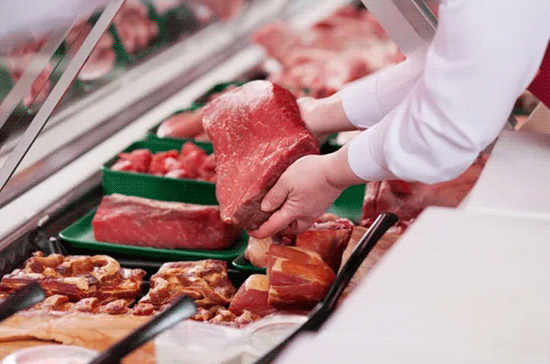Why Aussie beef continues to lead the pack and US beef is unlikely to impact

Australia’s beef industry has long been held in high esteem globally – and for many consumers, it remains the gold standard for quality, safety, and transparency. From paddock to plate, Australian beef is celebrated for its rigorous production practices and the country’s no-nonsense approach to food safety.
This reputation isn’t just marketing spin – it’s backed by the confidence of international consumers who actively seek out Australian beef for its premium quality. Among them is Garrett, an American expat living in Shanghai, who recently explained why he chooses Aussie beef over meat from his home country.
“From what I understand, food quality standards and regulations in the US are comparatively lower, and the use of chemicals and additives in cattle feed and meat processing is a concern for me,” Garrett told Yahoo News. “Overall, I trust Australia's regulatory approach, which seems to prioritise quality and safety over profit.”
Australia’s strict biosecurity protocols have played a key role in reinforcing this trust. In 2003, the government moved swiftly to ban beef imports from the United States following the detection of bovine spongiform encephalopathy (BSE), more widely known as mad cow disease, in American cattle. The ban was part of a broader push to protect the integrity of Australia's agricultural sector and maintain public confidence in its meat supply.
Although the ban was officially lifted in 2019, tight restrictions remained. Notably, beef that was sourced from Canada or Mexico but processed and exported out of the US was still not permitted to enter Australia.
That stance has now shifted. After a comprehensive biosecurity review lasting more than a decade, Australian authorities recently announced that such beef products would once again be allowed into the country. While the decision marks a significant policy change, it also raises questions for some consumers about maintaining the high standards Australian beef is known for.
Some argue that diners should ask restaurants where they source their beef from.
"We've all got to get really brave about asking cafes, and restaurants, and fast-food places where the beef is coming from," one woman said in a video posted to TikTok. "That's where it's going to end up, where you can't easily check the label.
"Of course it's easy in the supermarket to check the label for Australian grown, but that's going to sneak in [in hospitality venues]," she said, admitting it will be an "awkward" question to ask, but absolutely necessary.
Deakin University’s Dr Kate Sievert believes US beef is likely to be more scarce than we think, but could appear in fast-food outlets and ready-made meals.
"It's more likely to be used in specific segments of the food system, so areas like food service, particularly in fast-food service or ultra-processed products like ready meals," she told The Guardian. "The US relies a lot more on confined animal feeding operations where it’s cheaper to produce."
For advocates of the local industry, the decision serves as a reminder of the importance of Australia’s world-leading food traceability systems. From detailed livestock records to export certification and farm-to-fork transparency, these systems are designed to offer consumers peace of mind – both at home and abroad.
Australia exports beef to more than 100 countries, and remains a major supplier to premium markets including Japan, South Korea, and China. Its success has been built not only on the quality of the product itself, but also on a reputation for clean, green farming and a robust regulatory framework.
For many like Garrett, that reputation continues to set Australia apart.
“I trust Australia more than America with the quality of beef,” he said – a sentiment that reflects the strong brand Australian meat producers have built on decades of consistency, safety and care.
Jonathan Jackson, 4th August 2025







